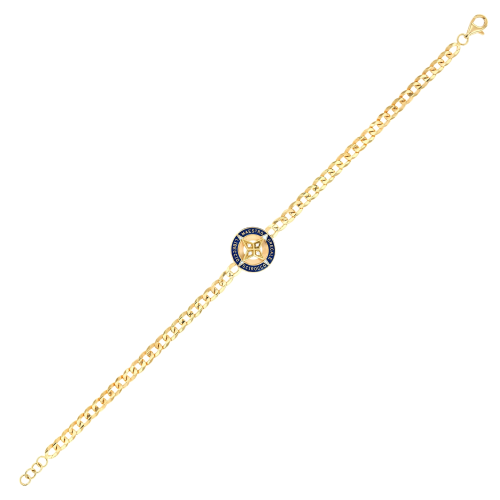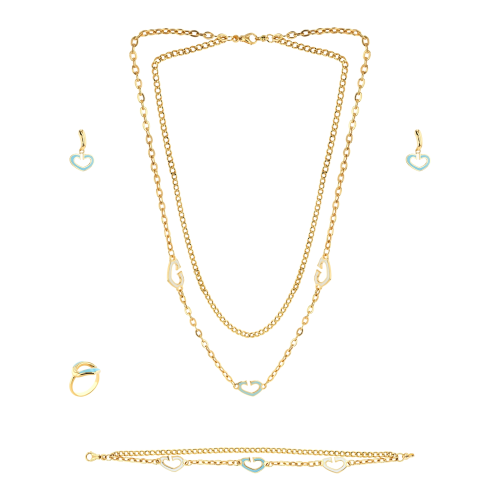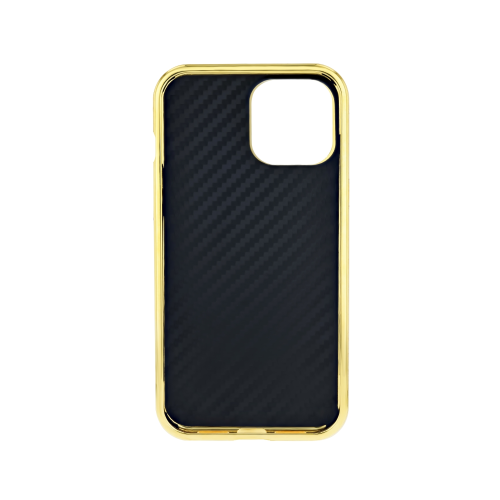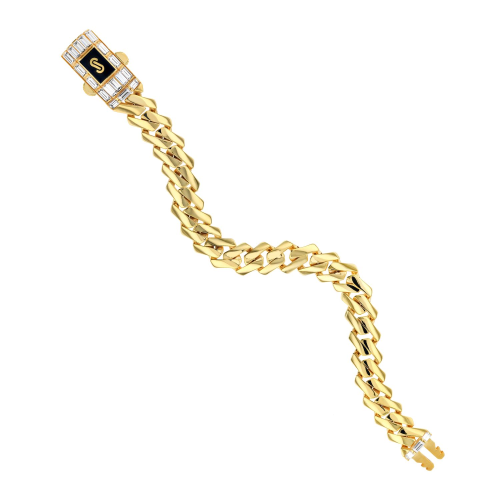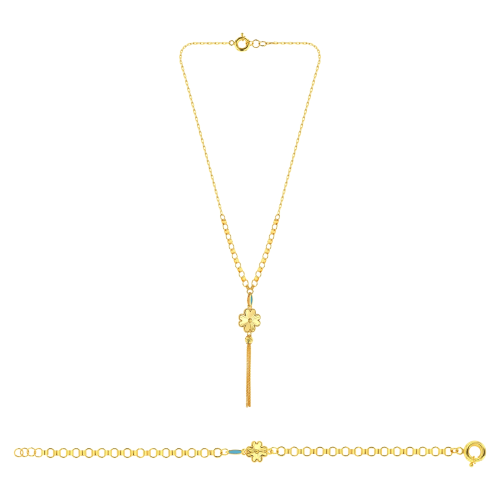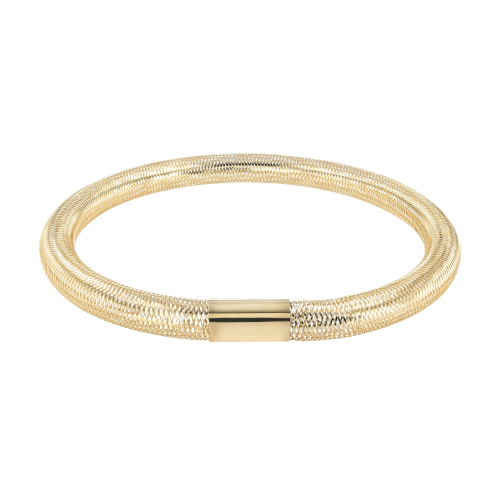How Sound Waves are Used for Gold Design?
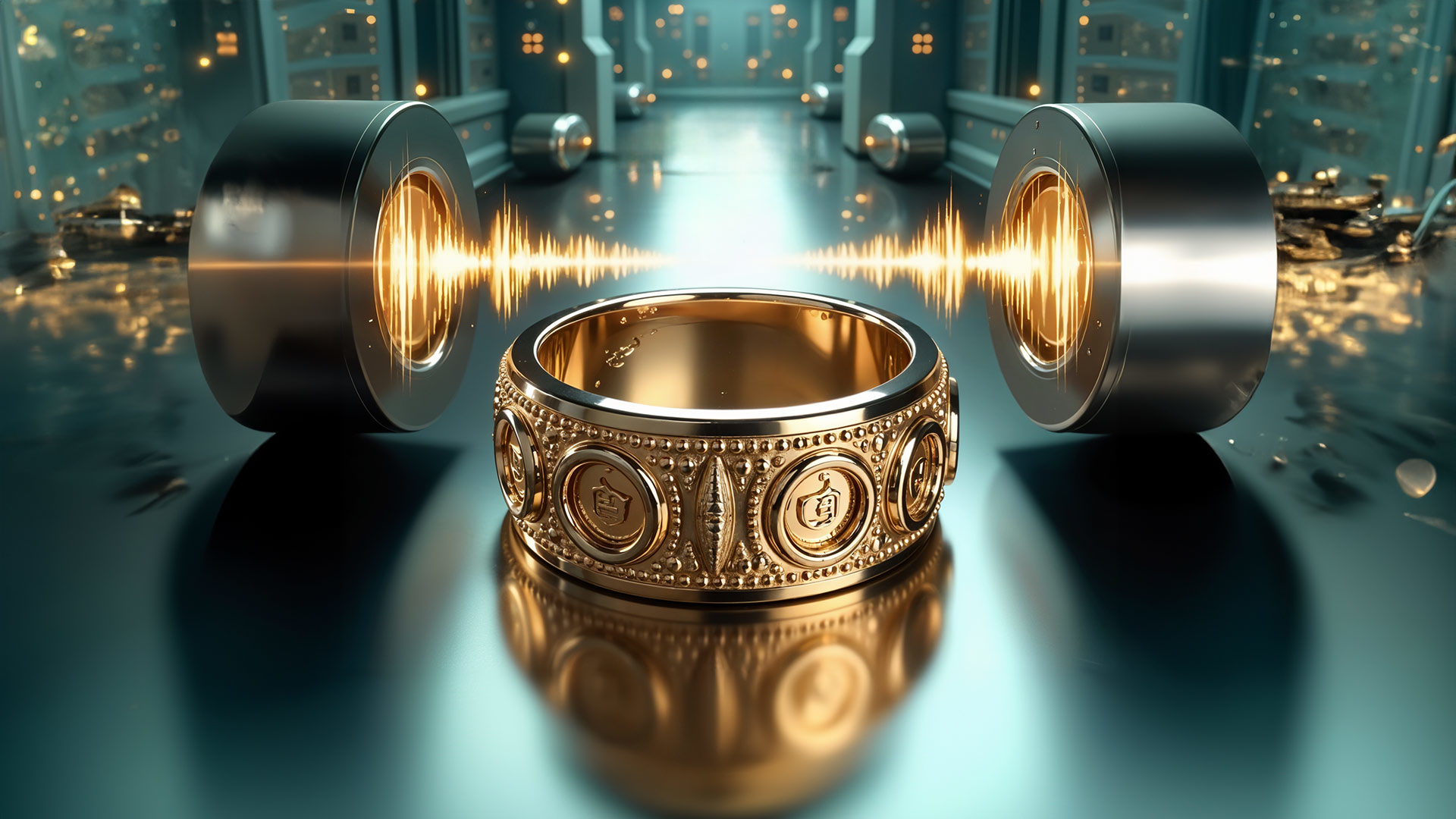
In the intersection of physics, technology, and artistic expression, a fascinating new frontier has emerged in jewelry design. Avant-garde designers are harnessing the power of sound waves to create intricate patterns and structures in gold, pushing the boundaries of what's possible in metalworking. This innovative approach, known as cymatics-inspired metallurgy, is transforming into how we think about precious metal manipulation.
The Science Behind Sound-Shaped Gold
At its core, this technique builds upon the principles of cymatics – the study of visible sound wave patterns. When sound waves interact with particles or liquids, they create distinctive geometric patterns. Innovative designers have adapted this phenomenon to work with molten gold, using precisely controlled sound frequencies to influence the metal's crystallization patterns as it cools.
Dr. Elena Kovacs, a pioneering metallurgist at the Vienna Institute of Applied Arts, explains: "Gold in its liquid state is particularly receptive to vibrational influences. By introducing specific frequencies during the cooling process, we can guide the molecular arrangement into patterns that would be impossible to achieve through traditional casting methods".
From Sound to Structure
The process begins with gold heated to its melting point of approximately 1,064°C (1,947°F). As the molten metal is held in specially designed containers, sophisticated sound generation equipment emits carefully calibrated frequencies. These sound waves create standing wave patterns in the liquid gold, which become "frozen" into the metal's structure as it solidifies.
Different frequencies produce distinct patterns – lower frequencies tend to create broader, more organic forms, while higher frequencies result in more intricate, detailed structures. Designers can layer multiple frequencies to achieve complex, multi-dimensional effects that seem to capture sound itself in solid form.
Pioneers in Sonic Metalwork
Among the vanguard of this movement is Japanese designer Yuki Nakamura, whose "Soundscape in Gold" collection has garnered international attention. Nakamura's pieces feature delicate, rippling surfaces that mirror the wave patterns of specific musical compositions. "I wanted to create jewelry that doesn't just adorn the body but carries the physical imprint of sound," she says. "Each piece contains the geometry of a particular moment in music.
Barcelona-based collective Sonus Aurum has taken the technique in a different direction, using vocal recordings to shape their creations. Their most celebrated piece, "Whispered Prayers," incorporates wave patterns generated by recordings of ancient Gregorian chants, resulting in surfaces that seem to undulate with frozen harmony.
Technical Challenges and Innovations
The path to perfecting this technique has not been without obstacles. The primary challenge lies in maintaining precise temperature control while applying sound waves. Too rapid cooling can lead to structural weaknesses, while too slow a process can allow the patterns to dissipate before solidifying.
To address these challenges, designers have developed specialized equipment that combines temperature control with acoustic precision. Custom-built chambers use electromagnetic fields to suspend molten gold droplets, allowing for perfect pattern formation without container interference. This technology, though expensive, has opened new possibilities for complex three-dimensional structures.
The Future of Sonic Gold Design
As technology continues to evolve, designers are exploring increasingly ambitious applications. Recent experiments have successfully created internal structures within solid gold pieces, resulting in jewelry that appears to contain frozen sound waves suspended within the metal itself.
The implications extend beyond aesthetics. Engineers are investigating how sound-patterned gold might have practical applications in electronics and medical devices, where specific surface patterns could enhance conductivity or biocompatibility.
Environmental and Ethical Considerations
This innovative approach to gold working has caught the attention of sustainability advocates. The precise control offered by sonic patterning can reduce material waste compared to traditional cutting and casting methods. Additionally, the process can be applied to recycled gold without loss of quality, supporting circular economic principles in luxury goods production.
A New Artistic Language
Perhaps most importantly, sonic gold shaping represents a new form of artistic expression – one that bridges the gap between the auditory and visual arts. Designers can now translate sound, music, and voice into permanent, wearable forms, creating pieces that carry deeper meaning and connection for their wearers.
"What we're doing is more than just making jewelry," reflects Marina Torres, a pioneer in the field. "We're creating physical manifestations of sound – capturing moments, emotions, and expressions in one of Earth's most precious materials. It's a new language for artistic expression.
Looking Ahead
As this technology becomes more accessible, we're likely to see an explosion of creativity in this space. The possibility of creating custom pieces shaped by personally meaningful sounds – from a loved one's voice to a favorite piece of music – opens new horizons for personalized luxury goods.
The marriage of ancient gold working with cutting-edge acoustic technology represents a perfect symphony of art, science, and craftsmanship. As designers continue to push the boundaries of what's possible, we can expect to see ever more stunning examples of sound made solid, turning the ephemeral nature of sound into lasting works of art.
Through this innovative approach, designers are not just creating jewelry – they're capturing the very essence of sound in precious metal, writing a new chapter in the long history of human adornment. The result is more than just beautiful objects; it's a tangible connection between the worlds of sound and sight, between the temporary and the permanent, between the physical and the ethereal.

Our Promise
Fast shipping
Receive your jewelry in maximum 3 days.
Return guaranteed
Requesting a return is quick and easy.
Ethical Sourcing
Ethically Sourced Materials
Payments
Buy in the most convenient way for you.
